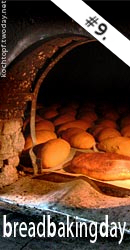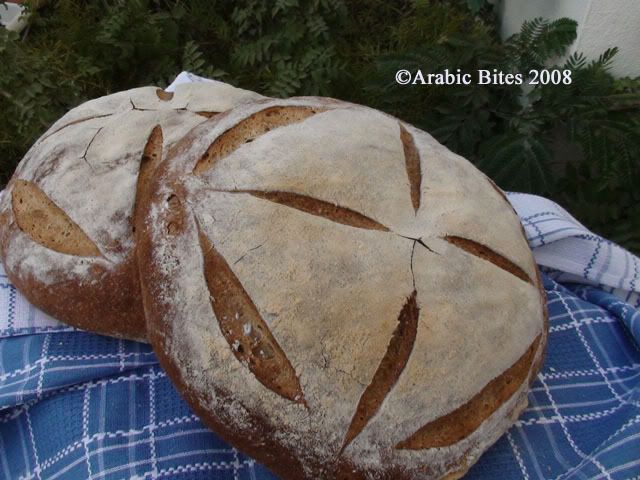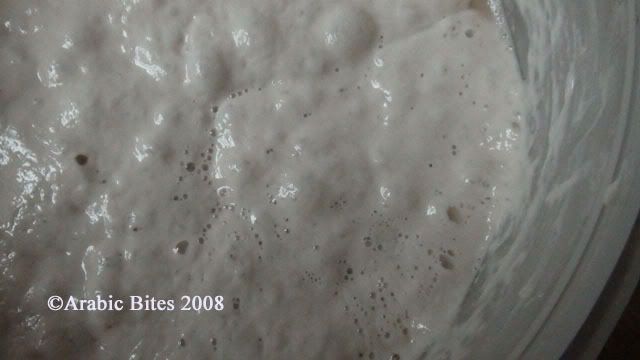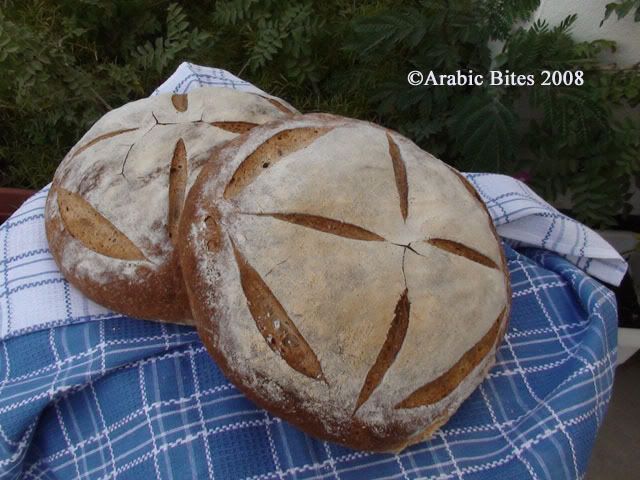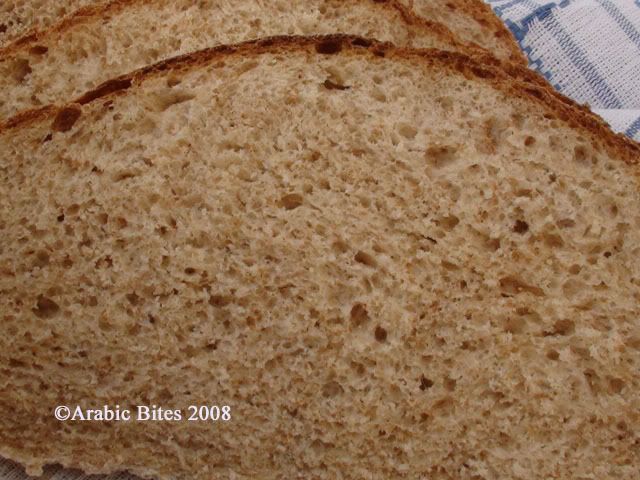
Weekend Baking-crumb added

Sorry Jane no Spelt!
SD&Rye's

SD Crumb
I have been trying to adopt Floyd's schedule and always whip up a few interesting things over the weekend. Having a teenage daughter who is active in school activities means I often find myself playing chauffeur to the friends instead of paying attention to my bread projects. Last Thursday, Friday I made some of the best sourdough bread I have ever eaten.
A few days back I decided to try Dan Lepards suggestion for using a blend of flours to feed my white starter or mother. I also have been using Peter Reinhart's suggestion of using a hydration and flour ratio of 1:3:4 when feeding the Lepard blend of 70% AP:20% WW: 10% Rye. The result has been spectacular in every sense. My starter is more vigorous than ever before. I routinely get a 4 fold rise in just 4-5 hours at 80F and the sour flavor is outstanding. Last week I made a couple loaves of Davids Wharf Bread that I speed-ed up slightly and it was every bit as my memory of the origional item in San Fran. So, I'm a happy camper. My family is enjoying the bread and I've made enough repeat batches that I know it's here to stay.
The one minor drawback to the starter maintenance and feeding regimen is that it needs to be at room temp and that means it needs to be fed daily. I haven't played around with cooling it during the week and jump starting it Thursday but I'm sure that won't be a problem. The blend does remarkable things to starter activity and flavor.
The first batch today was a double of my favorite Deli Rye. I changed up that slightly by building up a 700 gram batch of 100% rye starter during the week to use instead of the preferment in the recipe. I had to run the kids to an event so it got slightly poofy and maxed out my sheet pan with paper. It tastes wonderful but not very authentic looking. I'll take flavor over form anytime.
Finally the last loaf is a 2.6 Lb Janedo's basic bread sort of, without the spelt. I thought I had a bag but when the mise-en-place check list came out. Oh well! I used a combination of KA French style and All Trumps that was inoculated with 100 grams of my super starter and 1/4 teaspoon of IDY.Normal salt and a scant T of Malt. I could see the WW specks from the starter but otherwise it was a smooth mass of dough. I have started sprinkling sesame seeds on the tacky dough and covering it with saran brushed with a lightly oiled towel so I can remove it later.
The seeds are an interesting addition. I find that if I put them on early and tip the dough into a basket or cover with saran they become embedded in the dough. Not only do they not fall off during baking and cutting they add a terrific full flavor to the crust. I have made a lot of Italian bread that had almost no added flavor from the sesame and this is way better. The seeds seem to toast in place on the crust, just perfect.
There you have it. I had planned to do the raisin cinnamon loaf but that will have to wait for fresh batteries!
Eric
ADDED Crumb image by edit. Sorry about the crumb image not being a very good photo. The bread was much better than it looks here.




